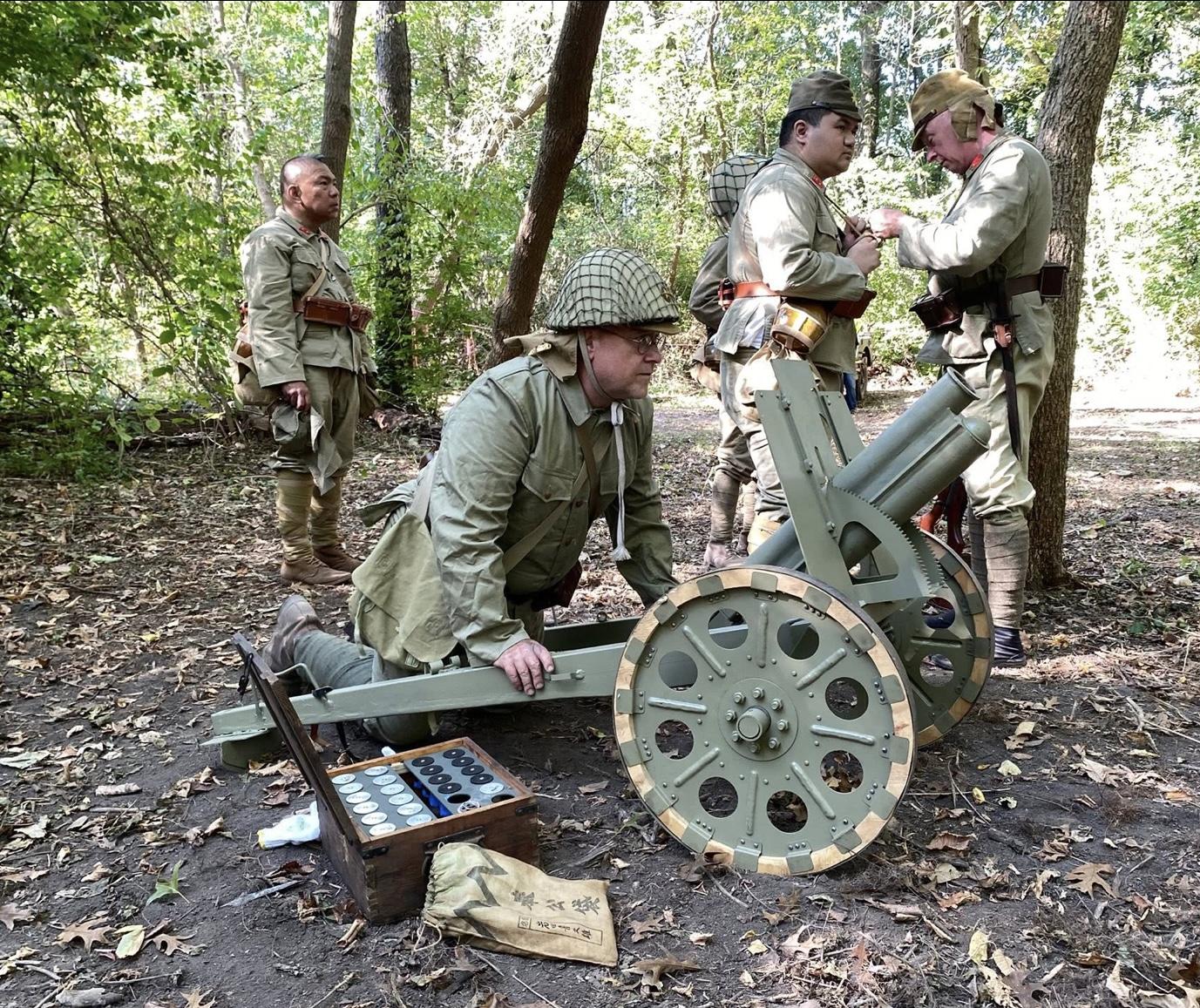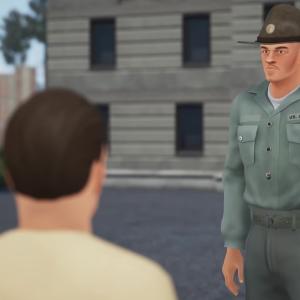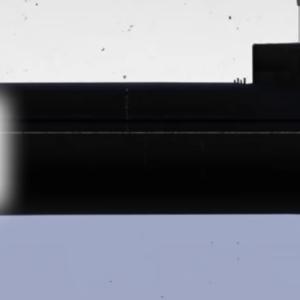
Japanese 70mm Battalion gun
The Japanese 70 mm Type 92 battalion gun was one of the most characteristic and recognisable small artillery weapons used by the Imperial Japanese Army throughout the Pacific and in every jungle theatre of the Second World War. It went into production in the early 1930s, officially adopted in 1932, and was designed by the Army Technical Bureau as a dual-purpose weapon that could replace both the light infantry gun and a light mortar in one single, compact, battalion-level system. It was manufactured primarily by the Osaka Army Arsenal. About 2,800 to nearly 3,000 were built in total, and because Japanese infantry formations were issued them in every battalion, they appeared everywhere from China to Burma to New Guinea to the Solomons.
This gun was almost the perfect tropical and jungle support piece. It was small, could be broken down and moved by hand if needed, or hauled by a single horse. Its low silhouette meant it could nestle into a shallow scrape or hide under foliage easily. Japanese gun crews could man-handle it forward on foot along narrow tracks, move it into firing position, fire a short sharp shoot, then quickly move again before enemy counter-fire found them.
Technically, the barrel was very short, which meant the shell travelled at low velocity. That is not good for long-range accuracy, but that was not its job: its job was to lob shells high over jungle growth and drop them into machine-gun nests, bunkers, coconut log positions, foxholes and pillboxes. Its maximum range was only around 2.7 to 2.8 kilometres, but within the short distances usually fought in the jungle, this was perfectly suitable. It could elevate to very high angles, making it able to act like a sort of miniature howitzer or mortar. A trained crew could keep up a rate of fire around ten rounds a minute.
Ammunition was surprisingly varied. The main round was high explosive, generally weighing around four kilograms. There were smoke and illumination rounds which were extremely useful for screening or in night actions. Later in the war, a hollow-charge armour-piercing round was introduced, and although it was never intended as an anti-tank gun, this special round could penetrate the side armour or turret of Allied medium tanks at short range. In practice, this meant that even though it was a small battalion gun, it could be dangerous if Japanese troops got in close.
Reliability was good. Japanese troops liked the gun. It was simple, strong and straightforward to maintain. The main complaint early on was the wooden wheels, which squeaked badly in tropical humidity and made unwanted noise, so these were replaced by steel wheels. These solved the problem and made it even more suited to silent deployment in close country.
The best thing about the Type 92 was how “fit for purpose” it was. Allied troops often complained about how suddenly Japanese battalion guns would begin firing at short range from well concealed positions, and how they were able to hit targets hidden by jungle canopy or reverse slopes. The gun had just enough power, just enough range, and just enough mobility to fit the peculiar demands of island fighting. It was a modest, ugly little weapon, but it was exactly the kind of gun that made sense in the environment it was used in.
Many of these guns survived the war and were used by other countries afterwards, including in China and Indonesia, which is a small compliment in itself. It was not glamorous, but it was dependable, easy to move, easy to maintain, and highly effective in the tight ranges of Pacific warfare.










